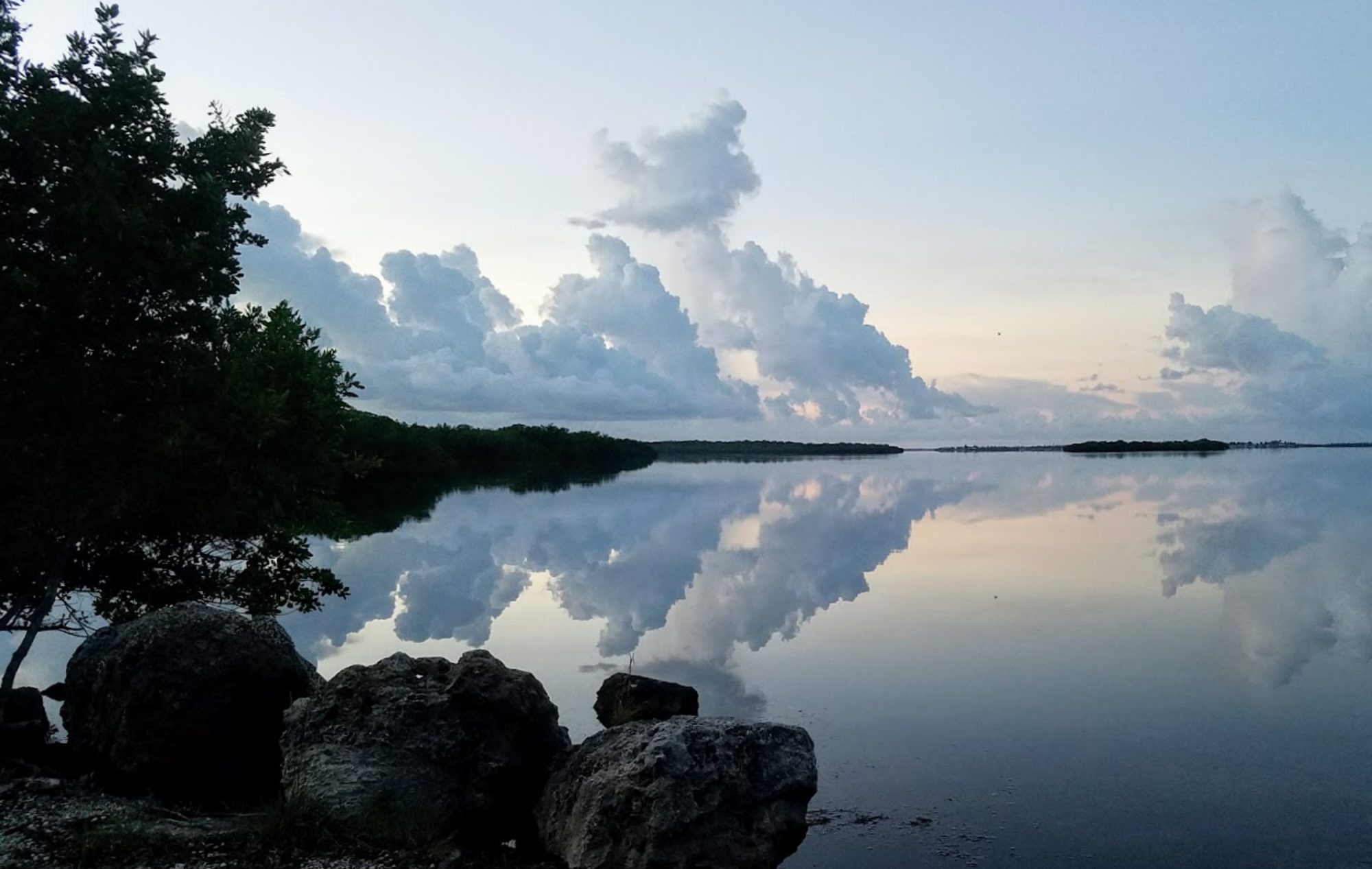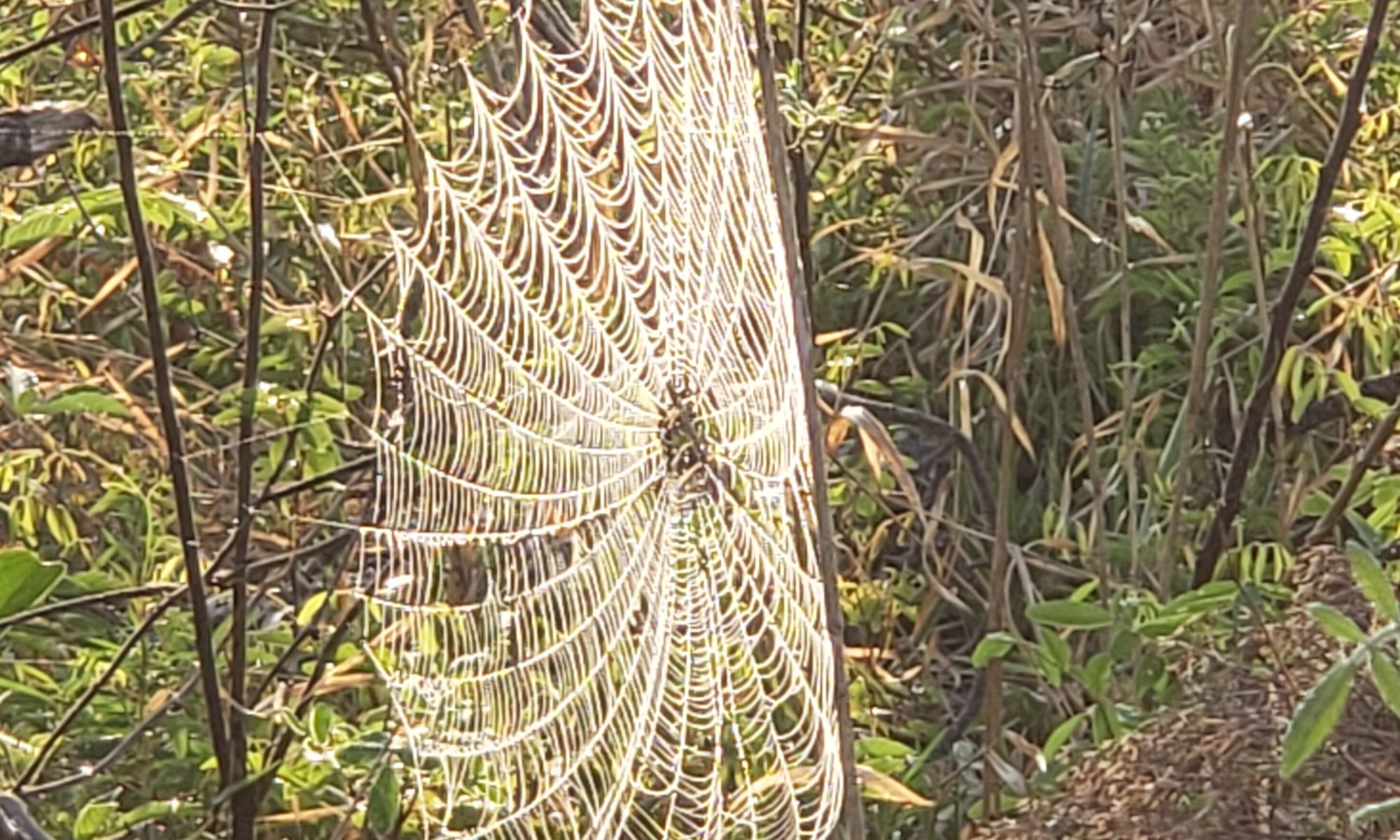I recently mentioned on Facebook that I was in the Seminole State Forest, and a friend responded that they thought State Parks were closed due to the COVID-19 restrictions. She was absolutely correct: State Parks are closed — BUT the State Forest is still open.
It got me thinking, what is the difference between State Parks and State Forests? This answer will only apply to Florida, so if you’re in another state things might be a bit different. If that’s the case, please comment! I’d love to know how things work in other states. After all, we love Florida but it’s not like we never cross the state line!
MISSION
The mission of Florida State Parks is to provide resource-based recreation while preserving, interpreting, and restoring natural and cultural resources. Public service is the central theme of every Florida Park Service endeavor. Florida Park Service standards of management and service mean that visitors can expect quality resource-based outdoor recreational experiences. Our state parks serve as major tourist destinations and a significant contributor to our state’s economy.
Strategies used to meet this mission include:
- Understanding the acquisition purpose and significance of each park
- Understanding park management authority and responsibilities
- Resource Management Component
- Describes existing natural and cultural resource conditions
- Outlines resource management goals and objectives related to the following focus areas:
- Preserving and protecting natural communities and cultural resources
- Restoring species habitat
- Protecting threatened and endangered plant and animal species
- Controlling the spread of non-native plants and animals
- Performing prescribed fire activities
- Land Use Component
- Analyzes demographics and development trends occurring around the park
- Inventories existing recreational and support facilities
- Proposes additional park facilities based on community needs and recreation trends
- Calculates the recreational carrying capacity for park facilities
- Identifies potential parcels for future acquisition
- Implementation Component
- Highlights management accomplishments since the last UMP update
- Itemizes the estimated costs associated with the updated management goals and objectives
The primary mission of the Florida Forest Service is to protect Florida and its people from the dangers of wildland fire and manage the forest resources through a stewardship ethic to assure they are available for future generations. Management strategies center on multiple-use management.
A variety of strategies is used to achieve this mission, including:
- Practicing sustainable forest management for efficient revenue generation and to support state forest management objectives.
- Providing for resource-based outdoor recreation opportunities for multiple interests.
- Restoring and managing healthy forests and native ecosystems, ensuring the long-term viability of endangered, threatened or rare populations and species along with supporting biological diversity including game and nongame wildlife and plants.
- Protecting known archaeological, historical, cultural and paleontological resources.
- Restoring, maintaining and protecting hydrological functions related to water resources and the health of associated wetland and aquatic communities.
- Ecosystem restoration activities including prescribed burns, reforestation, thinning of overly dense areas, planting or reseeding groundcover, and restoring plant and animal populations.
WHAT DOES THIS MEAN TO YOU?
Both of these missions place importance on outdoor recreation and management of state lands that ensures that these resources will be around for us to enjoy forever, or as close to forever as possible. But there are some differences.
When you visit a State Park, you pay an entrance fee and in most cases, you have access to all of the public areas and amenities. State Forests, on the other hand, require permits for many activities (you may hike or bike in without a permit). With your permit in hand, you will pay the day use fee and then carry on with permitted activities. State Forests also limit access during hunting season.
State Forest permits are very easy to obtain – simply call the local Forest office and request a permit. You will need to let them know what you’re going to be doing (i.e., camping, kayaking, driving through), and how many people you’ll be with. Your permit will likely be issued nearly immediately, and will be emailed to you. The first time you get a permit, you’ll need to sign it, scan it, and email it back (or fax it). This shows that you understand the limitations of the permit, and you will not need to take that step for subsequent permits. The permit is free and usually good for a calendar month. It will include the gate codes that are needed for vehicle access.
Camping in the State Park sites usually includes water and electric on your individual site or very near. Bath houses are provided so that flush toilets and hot showers are never too far away. In the State Forest, it’s primitive camping only. Some sites must be reserved and others are “Walk Up”. . .but be sure to pay the fee FIRST. Most State Parks have more comforts than State Forests — flush toilets vs. composting toilets, concessionaires, etc. We don’t find the absence of those things a problem in most cases, and we know to be prepared.
State Parks and State Forests offer slightly different flavors of the joys of being outdoors in Florida. I hope you’ll take advantage of both!

